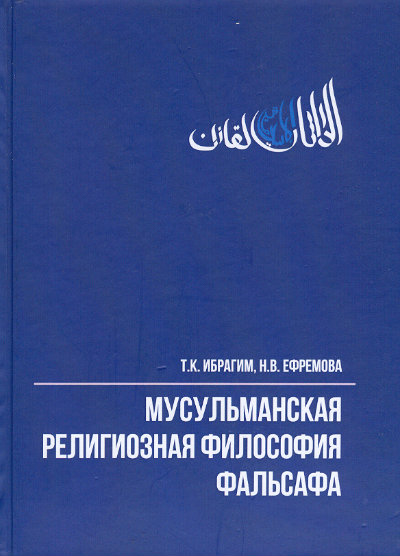Book
Egorin Anatoly, Galina Mironova
Senusia in History of Libya (1843 – 1969). [In Arabic]
Каир, 2013, 570 p.
The monograph is the first complex research in Russia about the Senusia Order. Chapter I describes Libyan Desert and the Berbers, their origin, history and social structure. The desert is divided into three major areas: Tripolitania, Cyrenaica and Fezzan. Libyans are of mixed Arab and Berber stock. The Berbers were converted to Islam by Arab conquerors from the seventh to fifteenth century. Chapter II tells about religious organisation – Senusia Order – which moved from Arabian Peninsula under the leadership of Muhammed Ali as-Senusi (1787–1859) to Cyrenaica where a lack of political control as well as Bedouin population in need of a guiding philosophy was conducive to the growth of this fiercely independent religious order. The first Cyrenaica zawia was established in 1843 at al-Bayda. After Ali as-Senusi these compounds, containing schools, hospitals, and community centres were soon established over much of Cyrenaica lead by Muhammad al-Magdi. In 1895 the headquarters of the order moved to Libya’s Kufrah oasis. Chapter III includes period before the 20th century, particularly focusing on Turkish rule and the separatism of Arab Berbers’ clans and foreign inroads. Authors consider the internal and external factors which shaped the country evolution, the foreign penetration in to Libya and reasons of fortune rise and spread of a Senusia Islamic campaign through this country. Chapters IV, V and VI deal with the milestones of Libya’s Senusia struggle against Italy before, during, and after the Italian-Turkish war of 1911–1912 that influenced the upsurge of the resistance movement: the dynamics of this campaign led by Ahmed al-Sherif in 1910s and Omar al-Muhtar in the 1920s as well as its upsurge before WW II. It is of major importance that the only significant national leader during the period of Libya’s independence struggle against Italy was both Cyrenaican and Senusi. Sayyid Idris al-Senusi who because of his position as a leader of the Senusia movement was eventually propelled into a position of national leader. Chapter VII describes Libya as the Italian Forth Shore. A pacified Libya next became the object of intense colonisation. Mussolini during his visit to Libya in 1937 proclaimed himself the “Protector of Islam” and in 1939 Libya was declared officially integrated into metropolitan Italy. Senusia lodges were destroyed, the resistance was suppressed, survived senusits left the country. Chapter VIII is dedicated to WW II which brought Italian control over Libya to an end. It was not the Libyans themselves, but the Great Powers who decided the outcome. During the war the Libyan Arab Forces served under British command. Chapter IX considers a reconstruction of the political and economic life from 1943 until the establishment of UN control. Libya was governed by British and French military administrations in Cyrenaica, Tripolitania and Fezzan. Senusits under guidance of their leader in emigration Idris al-Senusi were got to take part into co-operation with British administration. In Chapter X there is an analysis of facts about a cold war between Great Powers for Libya’s future. In 1949 Idris al-Senusi with British support unilaterally declared Cyrenaica an independent emirate. A federal system of government presided over by monarchy with Idris as a King was accepted, and United Kingdom of Libya was proclaimed on December 21, 1951. Chapter XI examines Libyan state under senusit crown. In 1963 the federal government system was abolished and a unitary monarchy was established with a dominant central government. The economic development of Libya was based upon considerable supplies of oil. Libya’s relations with Arab and other countries were complicated because of the presence of foreign military bases on its territory. Senusit religious influence diminished strongly and existed only in the vicinity of old senusit centers. Chapter XII describes Qadhafi coup d’état and his system of government during the first years of power. The success of the coup d’état, its bloodless nature and the widespread enthusiasm resulted in popular dissatisfaction with the monarchy. The Chapter also tells about the profile of last senusit King Idris and his years of emigration in Cairo.
РУССКАЯ ВЕРСИЯ: Сенуситы в истории Ливии (1843 – 1969 гг.). [на араб. яз.]









![Сюань-цзан. Записки о Западных странах [эпохи] великой Тан (Да Тан си юй цзи) / Сюань-цзан Сюань-цзан. Записки о Западных странах [эпохи] великой Тан (Да Тан си юй цзи) / Сюань-цзан](/f/aleksandrovasyuan-czan11.jpg)